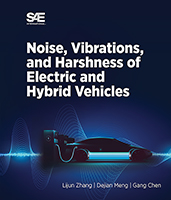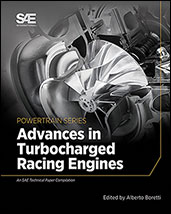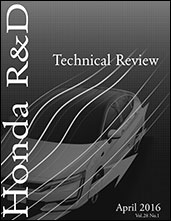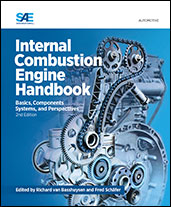Book

Racing Toward Zero: The Untold Story of Driving Green
2021-06-01
Purchase the book and listen in on Episode 97 of the SAE Tomorrow Today podcast as authors Senecal and Leach share further insights including why regulations and media hype pushing BEVs to the forefront are misguided. Join the conversation @SAEIntl on Twitter #racingtowardzero. Links: https://sae.to/tomorrowtodayR501 https://www.twitter.com/SAEIntl In Racing Toward Zero, the authors explore the issues inherent in developing sustainable transportation. They review the types of propulsion systems and vehicle options, discuss low-carbon fuels and alternative energy sources, and examine the role of regulation in curbing emissions. All technologies have an impact on the environment, from internal combustion engine vehicles to battery electric vehicles, fuel cell electric vehicles, and hybrids-there is no silver bullet. The battery electric vehicle may seem the obvious path to a sustainable, carbon-free transportation future, but it's not the only, nor necessarily the best, path forward.



















